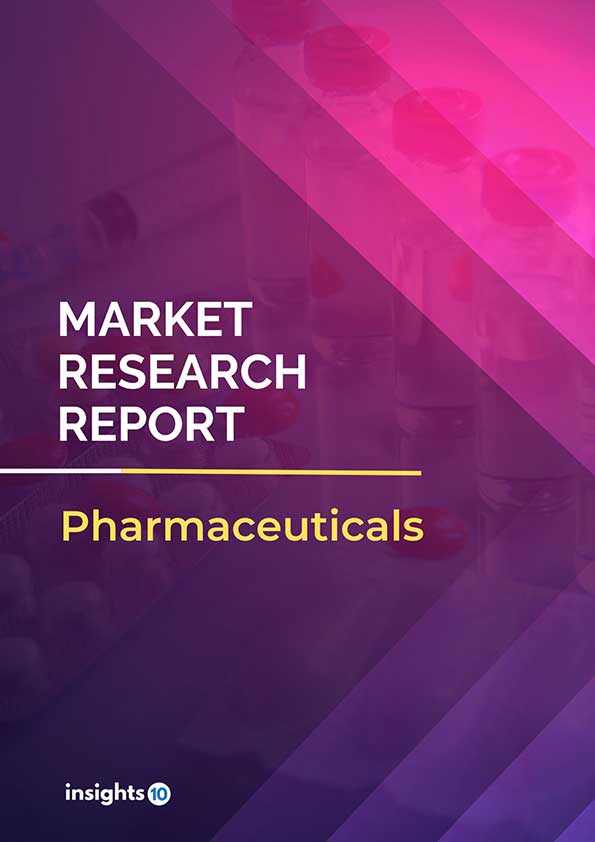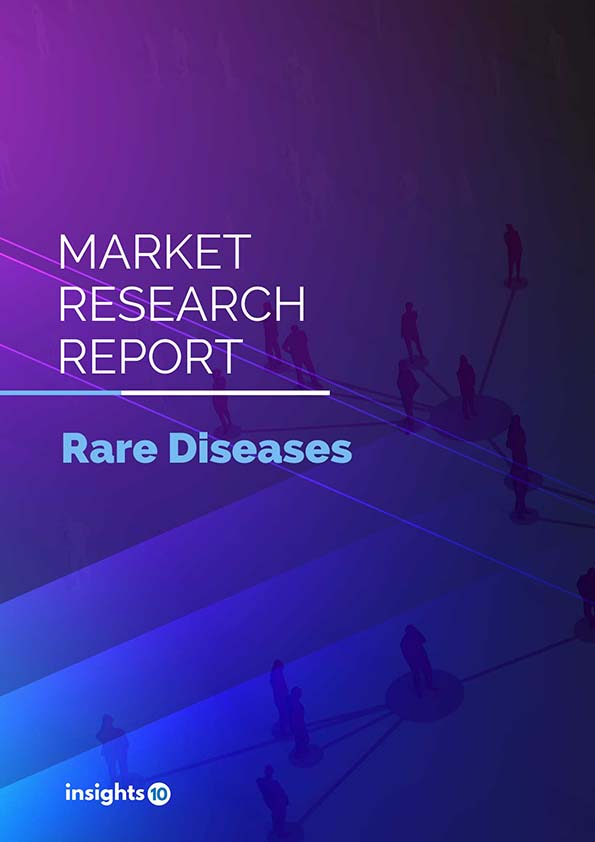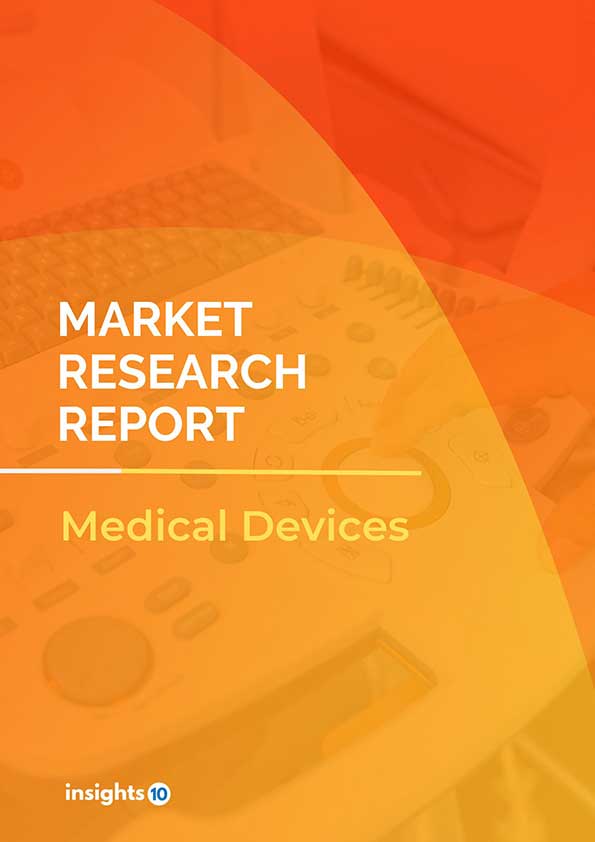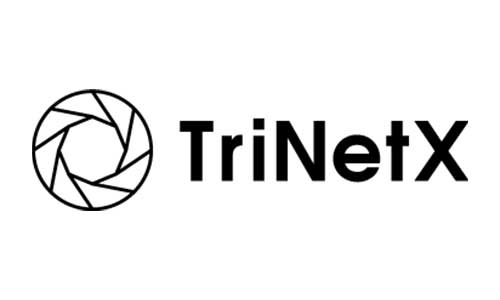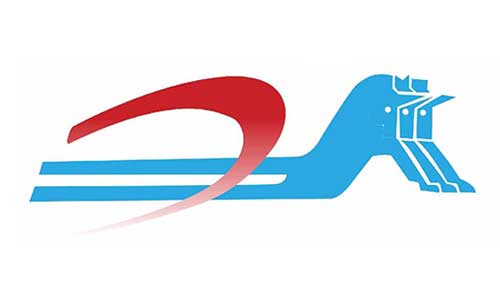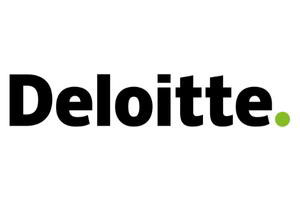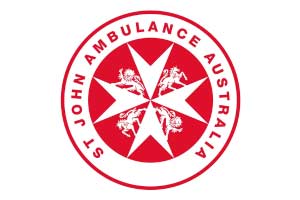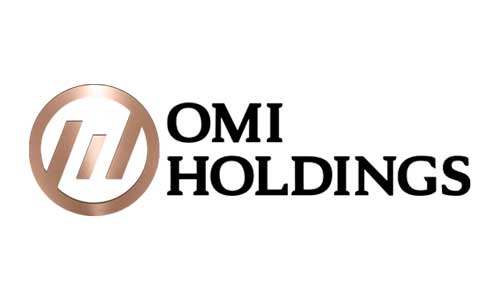China Rheumatology Drugs Market Analysis
The China Rheumatology Drugs Market is projected to grow from $4.908 Bn in 2022 to $6.873 Bn by 2030, registering a CAGR of 4.30% during the forecast period of 2022-2030. The most commonly used drugs in the treatment of rheumatic diseases include nonsteroidal anti-inflammatory drugs (NSAIDs), disease-modifying antirheumatic drugs (DMARDs), and biologic agents. There are a number of domestic pharmaceutical companies in China that are actively involved in the rheumatology drugs market. These companies include China National Biotec Group, Fosun Pharma, and Jiangsu Hengrui Medicine
Buy Now

China Rheumatology Drugs Market Executive Summary
The China Rheumatology Drugs Market is projected to grow from $4.908 Bn in 2022 to $6.873 Bn by 2030, registering a CAGR of 4.30% during the forecast period of 2022 - 2030.
The rheumatology drugs market in China is growing due to the increasing prevalence of rheumatic diseases and the aging population. The Chinese government is also taking measures to improve healthcare infrastructure and increase access to medical services, which is contributing to the growth of the market. Major players in the Chinese rheumatology drugs market include multinational pharmaceutical companies as well as domestic pharmaceutical companies. The most commonly used drugs in the treatment of rheumatic diseases include nonsteroidal anti-inflammatory drugs (NSAIDs), disease-modifying antirheumatic drugs (DMARDs), and biologic agents. The market is expected to continue growing in the coming years, driven by factors such as increased investment in research and development, the growing aging population, and the increasing affordability of advanced treatments.
Rheumatology is a medical specialty that deals with the diagnosis and treatment of rheumatic diseases, which are a group of conditions that affect the joints, bones, and muscles. In China, the incidence of rheumatic diseases is on the rise, primarily due to factors such as the aging population and increased awareness of these conditions.
There is a growing number of rheumatologists in China, and the number of specialized rheumatology clinics and hospitals is also increasing. Despite this, there is still a shortage of rheumatologists in many parts of the country, particularly in rural areas, which can limit access to care for patients with rheumatic diseases. The Chinese government is taking steps to address this shortage and improve access to care for all citizens.

Market Dynamics
Market Drivers
The key drivers of the China rheumatology drugs market are:
- Aging population: China has a rapidly aging population, and the incidence of rheumatic diseases increases with age. This is leading to a growing demand for rheumatology drugs
- Increasing awareness: There has been an increased awareness of rheumatic diseases in China, and more people are seeking treatment for these conditions. This has led to an increase in the market for rheumatology drugs
- Improved healthcare infrastructure: The Chinese government is investing in improving healthcare infrastructure and increasing access to medical services, which is contributing to the growth of the rheumatology drugs market
- Growing economy: The growing Chinese economy is increasing the affordability of advanced treatments, including rheumatology drugs, for a larger segment of the population
- Investment in research and development: There is increasing investment in research and development in the pharmaceutical industry in China, which is leading to the development of new and innovative rheumatology drugs
These factors are expected to drive the growth of the China rheumatology drugs market in the coming years.
Competitive Landscape
Key Players
The key players in the China rheumatology drugs market include both multinational pharmaceutical companies and domestic pharmaceutical companies. Some of the major players in the market are:
- Pfizer Inc.
- Roche Holding AG
- Johnson & Johnson
- Merck & Co., Inc.
- AbbVie Inc.
- Amgen Inc.
- Novartis AG
- Eli Lilly and Company
- GlaxoSmithKline plc
- Sanofi S.A.
In addition to these multinational companies, there are also a number of domestic pharmaceutical companies in China that are actively involved in the rheumatology drugs market. These companies include:
- China National Biotec Group,
- Fosun Pharma, and
- Jiangsu Hengrui Medicine
The market is highly competitive, with these companies competing on factors such as product quality, pricing, and accessibility.
Healthcare Policies and Regulatory Landscape
The healthcare policies and regulatory landscape for the China rheumatology drugs market are governed by the National Medical Products Administration (NMPA), which is responsible for overseeing the approval and regulation of pharmaceutical products in China. The NMPA has implemented a number of policies and regulations aimed at improving the availability and affordability of rheumatology drugs for the population, including:
- Clinical trial requirements: The NMPA has established strict clinical trial requirements for the approval of new rheumatology drugs, which ensure that these drugs meet high standards of safety and efficacy
- Reimbursement policies: The Chinese government has established a reimbursement program for certain rheumatology drugs, which helps to make these treatments more affordable for patients
- Drug pricing regulations: The NMPA regulates the pricing of rheumatology drugs, ensuring that they are not excessively expensive and are accessible to the general population
- Intellectual property protection: The Chinese government has implemented policies to protect the intellectual property of pharmaceutical companies, which helps to encourage investment in research and development of new rheumatology drugs
These policies and regulations help to create a favorable environment for the growth of the China rheumatology drugs market and are expected to continue to drive the market's growth in the coming years.
1. Executive Summary
1.1 Disease Overview
1.2 Global Scenario
1.3 Country Overview
1.4 Healthcare Scenario in Country
1.5 Patient Journey
1.6 Health Insurance Coverage in Country
1.7 Active Pharmaceutical Ingredient (API)
1.8 Recent Developments in the Country
2. Market Size and Forecasting
2.1 Epidemiology of Disease
2.2 Market Size (With Excel & Methodology)
2.3 Market Segmentation (Check all Segments in Segmentation Section)
3. Market Dynamics
3.1 Market Drivers
3.2 Market Restraints
4. Competitive Landscape
4.1 Major Market Share
4.2 Key Company Profile (Check all Companies in the Summary Section)
4.2.1 Company
4.2.1.1 Overview
4.2.1.2 Product Applications and Services
4.2.1.3 Recent Developments
4.2.1.4 Partnerships Ecosystem
4.2.1.5 Financials (Based on Availability)
5. Reimbursement Scenario
5.1 Reimbursement Regulation
5.2 Reimbursement Process for Diagnosis
5.3 Reimbursement Process for Treatment
6. Methodology and Scope
Rheumatology Drug Market Segmentation
Drug Class
The disease-modifying anti-rheumatic drugs (DMARDs) is the major revenue contributor. Rise in awareness related to the use of DMARDs, surge in prevalence of rheumatoid arthritis, rise in obese & overweight population across the globe, and increase in adoption of DMARDs as a first-line treatment for rheumatoid arthritis are the key factors that boost the growth of the segment.
- Disease-modifying anti-rheumatic drugs (DMARDs)
- Nonsteroidal anti-inflammatory drugs (NSAIDs)
- Corticosteroids
- Uric acids
- Others
Route of administration
- Oral
- Parental
Sales channel
Depending on the sales channel, the prescription-based drug segment is the major shareholder in the China rheumatoid drugs market, owing to the advantages offered by prescription-based drugs.
- Prescription-based drugs
- OTC
Methodology for Database Creation
Our database offers a comprehensive list of healthcare centers, meticulously curated to provide detailed information on a wide range of specialties and services. It includes top-tier hospitals, clinics, and diagnostic facilities across 30 countries and 24 specialties, ensuring users can find the healthcare services they need.
Additionally, we provide a comprehensive list of Key Opinion Leaders (KOLs) based on your requirements. Our curated list captures various crucial aspects of the KOLs, offering more than just general information. Whether you're looking to boost brand awareness, drive engagement, or launch a new product, our extensive list of KOLs ensures you have the right experts by your side. Covering 30 countries and 36 specialties, our database guarantees access to the best KOLs in the healthcare industry, supporting strategic decisions and enhancing your initiatives.
How Do We Get It?
Our database is created and maintained through a combination of secondary and primary research methodologies.
1. Secondary Research
With many years of experience in the healthcare field, we have our own rich proprietary data from various past projects. This historical data serves as the foundation for our database. Our continuous process of gathering data involves:
- Analyzing historical proprietary data collected from multiple projects.
- Regularly updating our existing data sets with new findings and trends.
- Ensuring data consistency and accuracy through rigorous validation processes.
With extensive experience in the field, we have developed a proprietary GenAI-based technology that is uniquely tailored to our organization. This advanced technology enables us to scan a wide array of relevant information sources across the internet. Our data-gathering process includes:
- Searching through academic conferences, published research, citations, and social media platforms
- Collecting and compiling diverse data to build a comprehensive and detailed database
- Continuously updating our database with new information to ensure its relevance and accuracy
2. Primary Research
To complement and validate our secondary data, we engage in primary research through local tie-ups and partnerships. This process involves:
- Collaborating with local healthcare providers, hospitals, and clinics to gather real-time data.
- Conducting surveys, interviews, and field studies to collect fresh data directly from the source.
- Continuously refreshing our database to ensure that the information remains current and reliable.
- Validating secondary data through cross-referencing with primary data to ensure accuracy and relevance.
Combining Secondary and Primary Research
By integrating both secondary and primary research methodologies, we ensure that our database is comprehensive, accurate, and up-to-date. The combined process involves:
- Merging historical data from secondary research with real-time data from primary research.
- Conducting thorough data validation and cleansing to remove inconsistencies and errors.
- Organizing data into a structured format that is easily accessible and usable for various applications.
- Continuously monitoring and updating the database to reflect the latest developments and trends in the healthcare field.
Through this meticulous process, we create a final database tailored to each region and domain within the healthcare industry. This approach ensures that our clients receive reliable and relevant data, empowering them to make informed decisions and drive innovation in their respective fields.
To request a free sample copy of this report, please complete the form below.
We value your inquiry and offer free customization with every report to fulfil your exact research needs.
